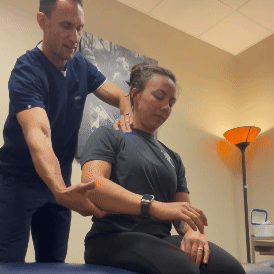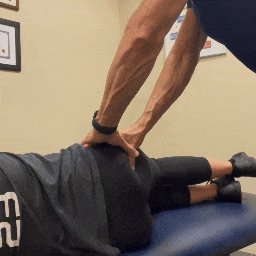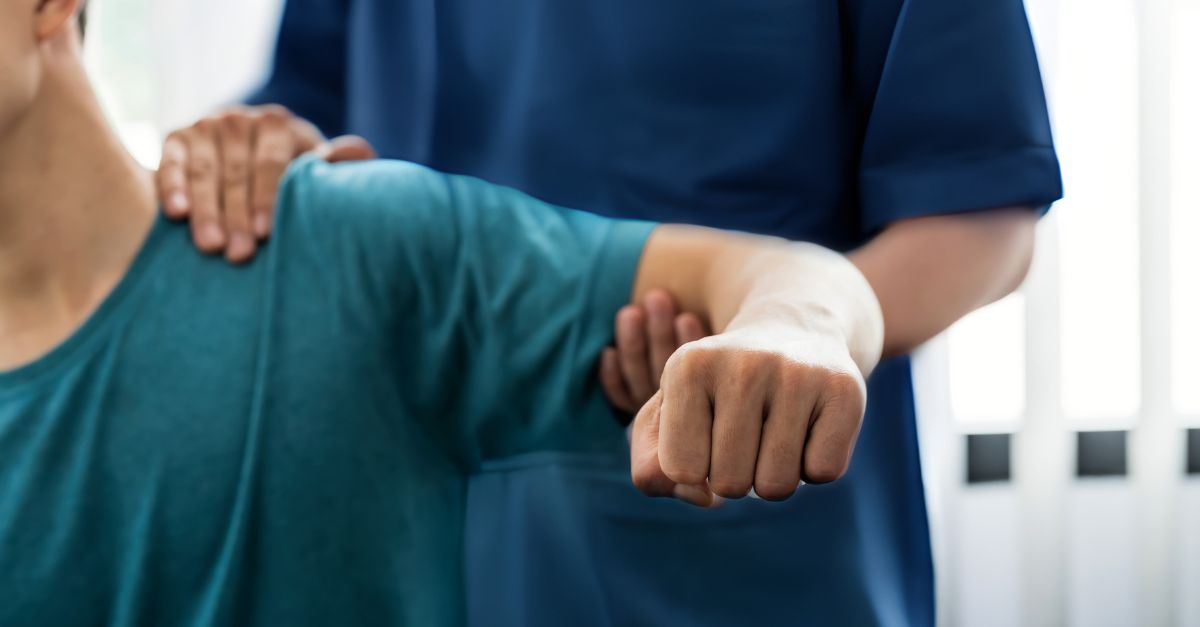As a lifelong athlete and current runner who competes in ultramarathon distance races, finding the right recovery tools or methods can be a bit arduous at times. These recovery tools can make or break an athlete during training, specifically, those who have a history of injury, which is the most common predictor for future injury.
A study in 2022 Journal of Foot and Ankle Orthopedics indicated an annual estimation of 4.5 million sports and recreation related injuries among children and young adults in the United States. Most common of these injuries are to the lower extremities involving soft tissue structures such as muscles, tendons, or ligaments. Why point out this study? Well in an article discussing the importance of recovery for athletes, these types of soft tissue injuries are quite prevalent and are what slows down the recovery process!
What is Active Release Technique (ART)?
ART is a form of myofascial release, or manual therapy, that is used to improve soft tissue mobility, decrease pain, and help to restore function. To break it down into simplest form, a muscle is shortened, the doctor or practitioner takes a specific contact on the muscle, and then the muscle is lengthened and taken through its range of motion. The effect of this is to help the muscle lengthen and function properly.

So how does ART differ from other types of soft tissue treatments? The biggest difference, in my mind, is bringing the muscle through its full range of motion. Opposed to just massaging or beating up a muscle in a static position, this helps the muscle fibers to fully recover and function, almost “resetting” the muscle neurologically. It should be noted that ART is not just for muscle, but along the tendons that connect the muscle to the bones, ligaments, and even nerves that are trapped causing neuropathy-type pain.

What are common injuries treated with ART?
ART can be used to treat dozens, if not hundreds, of common soft tissue related injuries. It should be pointed out that this type of treatment is not just for athletes, but for every patient that walks into the office. Some of these common injuries or complaints include, but are not limited to:
- Plantar fasciitis
- Ankle sprains, both acute and chronic
- Achilles tendinopathy
- Shin splints
- Calf or lower leg strains
- Knee pain
The list can go on and on. As I mentioned before, ART helps to restore function and “reset” the muscle. However, it can be slightly more involved than that. This type of treatment improves blood flow to injured tissues, speeding healing, breaks down adhesions (or scar tissue), restoring range of motion, and reduces pain and inflammation naturally.
Why is ART ideal for athletes and patients?
ART is a quick and effective relief from both acute, chronic, and repetitive stress injuries, many of which affect people’s day-to-day lives and negatively impact their activities of daily living, function, or athletic recovery. Additionally, if you are like me and do not like to rely on medication or over-the-counter anti-inflammatories this type of treatment promotes a drug-free recovery and natural healing. Additionally, ART treatment sessions can be easily integrated into a patient’s training routine without extensive downtime. This treatment also allows the practitioner to easily integrate active corrective in-office and at-home exercises, whether it be muscle activations, joint mobility, or loading the muscle with weight to strengthen as the provider has a better understanding of which muscle(s) are dysfunctional.
So, for those of you who are still reading this article, to summarize ART is an easy and effective recovery tool that you can incorporate into your training or treatment regimens. ART is safe and, along with proper corrective exercises and training, can speed up recovery, minimize downtime from your sport, and help to prevent future injuries. So for those of you who are not familiar with ART and would like to experience it, feel free to call or message us with any questions. Thank you for reading!
References
- Spitnale MJ, Mathews CG 3rd, Barnes AJ, Thier ZT, Jackson JB 3rd. Epidemiology of Lower Leg Soft Tissue Injuries in High School Athletes. Foot Ankle Orthop. 2022 Jan 11;7(1):24730114211057886.
- Active Release Technique patient success stories, ART blog.


